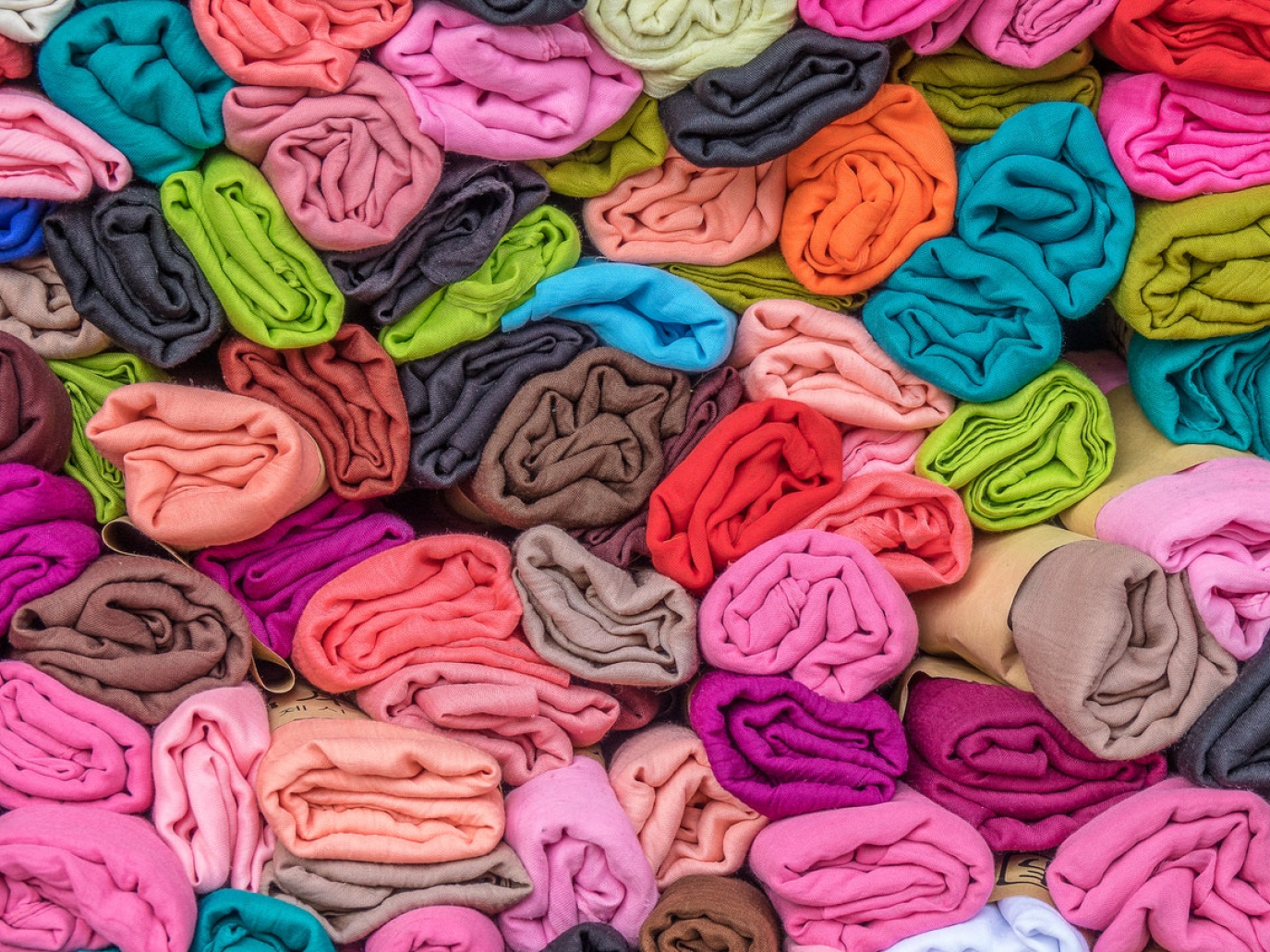Textile and fashion industry have a huge circular potential that has yet to be developed. One of the main issues currently holding back the application of the circular economy in this sector is sorting through textile waste, which requires a high degree of precision and is still performed manually. Being able to automate the process and launch it on an industrial scale will therefore be the key to a real revolution in the world of textiles.
This is the goal of the German company Stadler and the Norwegian company Tomra, both specialized in collecting and recycling systems, which have opened the world's first fully automated textile sorting plant in Malmö, Sweden.
Automated sorting for the real circular textile economy
Funded by Vinnova, the Swedish government's research and development agency, and led by IVL, the Swedish institute for environmental research, the facility is part of the SIPTex project (Swedish Innovation Platform for Textile Sorting), which aims to develop a fabric sorting solution suited to the needs of recyclers and the fashion industry both. The result is a synergy between Stadler, who designed and built the facility, and Tomra, who supplied the NIR optical separators. The latter are essential to the automated textile waste sorting process, which, as the two companies' engineers explain, has never been attempted before. "Sorting textiles according to the various types of fibers they contain requires a high degree of precision," explain the Tomra experts. “It is currently done manually, but the result doesn’t meet the requirements of recycling companies and the fashion industry. As a result, only a small quantity of discarded textiles is recycled and the potential for increasing it is enormous. The SIPTex project is exploring how to achieve the required quality through automation.”
A project in three phases
The Malmö plant is actually the third phase of a journey that began a few years ago. An initial theoretical study phase was followed in 2017 by the start-up of a small pilot plant built in Avesta and also designed by Stadler and Tomra, which collected and sorted 700 tonnes of textile waste from recycling centers. This second hands-on phase served to understand the technical and logistical issues that needed to be solved. “Our main objective was to test our equipment’s capability to sort the textiles and identify any changes or optimizations to the process that may be required,” explains Stadler's director of international sales, Urban Kozinc. Among the various “discoveries” in this phase of the study, Stadler and Tomra engineers also learned that “labeling on the textiles in not always 100% correct,” a point that creates quite a few inefficiencies in the recycling process.
Thanks to precision sensors, textile recycling is now possible on an industrial scale
Once the problems were solved, the third phase took off with the start-up of the fully automated sorting plant Sysav Industri AB in Malmö. The plant has a capacity of up to 4.5 tonnes/hour in one line. The incoming material is delivered in bales comprising pre- and post-consumer textile waste, i.e. industrial waste such as cuttings, yarns and scrap, and used domestic clothing and textiles. All to be sorted and separated by type and quality.
“In the Avesta pilot project we demonstrated that TOMRA´s NIR sorting technology is capable of recognizing and differentiating various types of textiles,” explains Matej Fuerst, project manager at Stadler. “In the third phase, our objective was to ascertain that the system we designed could successfully operate on an industrial scale, and that the output fractions can achieve the purity and recovery required for recycling and reutilization. There is no industrial-scale technology for recycling textiles without downcycling them, so we had to develop the complete sorting solution.”
“Little research is so far available on the recycling of textile fractions,” adds László Székely, vice-president at Tomra. “In order to be effective, automated sensor-based sorting is essential. In this project, our technology has proved efficient in separating different textile fractions by material type and color. We are proud to be part of this pioneering work.”



